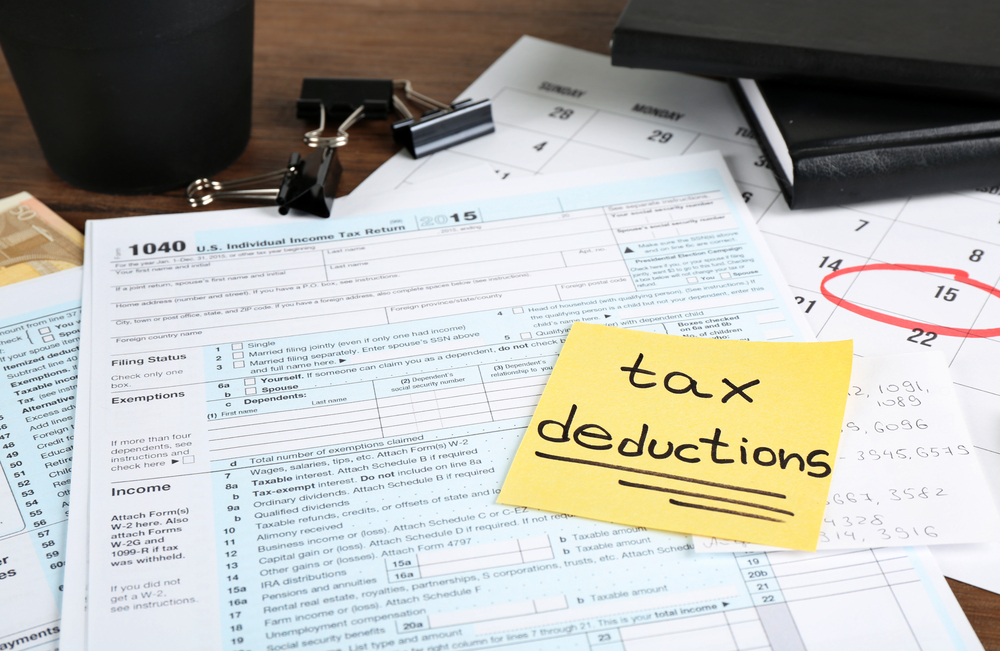How to Bunch Your Deductions to Reduce Your Tax Liability
Peacock & French CPAs
Aug 01, 2024

Tax planning is an essential part of managing your finances and minimizing your tax liability. One effective strategy that taxpayers can use to reduce their tax burden is bunching deductions. This method can lead to significant tax savings over the years. Keep reading to learn what it means to “bunch” your deductions, how it works, and how you can implement it to your advantage.
What Is Bunching?
Bunching is a tax strategy where you time the payment of deductible expenses to maximize their benefit. Instead of spreading deductible expenses evenly over multiple years, you "bunch" them into one tax year to exceed the standard deduction threshold. This allows you to itemize your deductions in the bunching year and take the standard deduction in other years, thus optimizing your overall tax savings.
How Bunching Deductions Works
The basic principle of bunching deductions involves alternating between itemizing deductions and taking the standard deduction in different tax years. Here’s a step-by-step guide on how it works:
1. Identify Deductible Expenses: The first step is to identify all the expenses that are deductible. These can include charitable contributions, medical expenses, property taxes, and mortgage interest.
2. Evaluate the Standard Deduction: Determine the standard deduction for your filing status. For the 2024 tax year, the standard deduction amounts are $13,850 for single filers, $27,700 for married filing jointly, and $20,800 for heads of household.
3. Plan Your Deductions: Plan to bunch your deductible expenses into one year so that your total itemized deductions exceed the standard deduction. For instance, you might pay your property taxes and make charitable donations in January and December of the same year.
4. Alternate Deduction Years: In the year you bunch your expenses, you will itemize your deductions. In the following year, when you have fewer deductible expenses, you will take the standard deduction.
Example of Bunching Deductions
Let’s consider an example to illustrate how bunching deductions can save you money. Suppose you are a married couple filing jointly, and your standard deduction is $27,700. Your annual deductible expenses are as follows:
- Charitable contributions: $10,000
- Property taxes: $8,000
- Mortgage interest: $7,000
If you pay these expenses every year, your total itemized deductions are $25,000, which is less than the standard deduction. Here’s how bunching can help:
Year 1 (Bunching Year)
- Charitable contributions: $20,000 (double up by paying this year and next year’s contributions)
- Property taxes: $16,000 (pay two years’ worth of property taxes)
- Mortgage interest: $7,000
- Total itemized deductions: $43,000
Year 2 (Standard Deduction Year)
- Take the standard deduction: $27,700
By bunching your deductions into Year 1, you significantly exceed the standard deduction, allowing you to itemize and receive a larger tax benefit. In Year 2, you take the standard deduction. This means that over the course of those two years, you’ll have a total of $70,700 in deductions. If you were to spread out your deductions evenly, you would not exceed the standard deduction in either year; so, you would take the standard deduction both times, for a total of $55,400 in deductions. In this example, bunching would increase your deductions by $15,300 over the course of two years.
Benefits of Bunching Deductions
Bunching deductions offers several benefits, with the primary advantage being maximizing your tax savings. By strategically timing your deductible expenses, you can ensure that you receive the most significant tax benefit possible.
Bunching deductions can also simplify your tax planning process. Instead of tracking and deducting smaller amounts each year, you focus on making larger payments in one year, making it easier to manage and document your deductible expenses.
Considerations and Potential Drawbacks
While bunching deductions can be highly beneficial, it’s essential to consider potential drawbacks and plan accordingly. Bunching deductions requires careful cash flow management. You need to ensure that you have sufficient funds to make larger payments in the bunching year. Proper budgeting and planning are crucial to avoid financial strain. Accurate documentation and record-keeping are also vital when bunching deductions. Ensure that you keep thorough records of all deductible expenses to support your itemized deductions if needed.
Remember that tax laws and deduction limits can change, potentially affecting the benefits of bunching deductions. Staying informed about tax law changes and consulting with a tax professional can help you adapt your strategy as needed.
Get Professional Guidance from Peacock & French CPAs
Bunching deductions is a powerful tax strategy that can lead to significant savings, but it requires careful planning and execution. At Peacock & French CPAs, our experienced team can help you understand how to best utilize this method and integrate it into your overall tax planning strategy. Contact us today to learn more about bunching deductions, and receive the professional guidance you need to optimize your tax savings successfully.